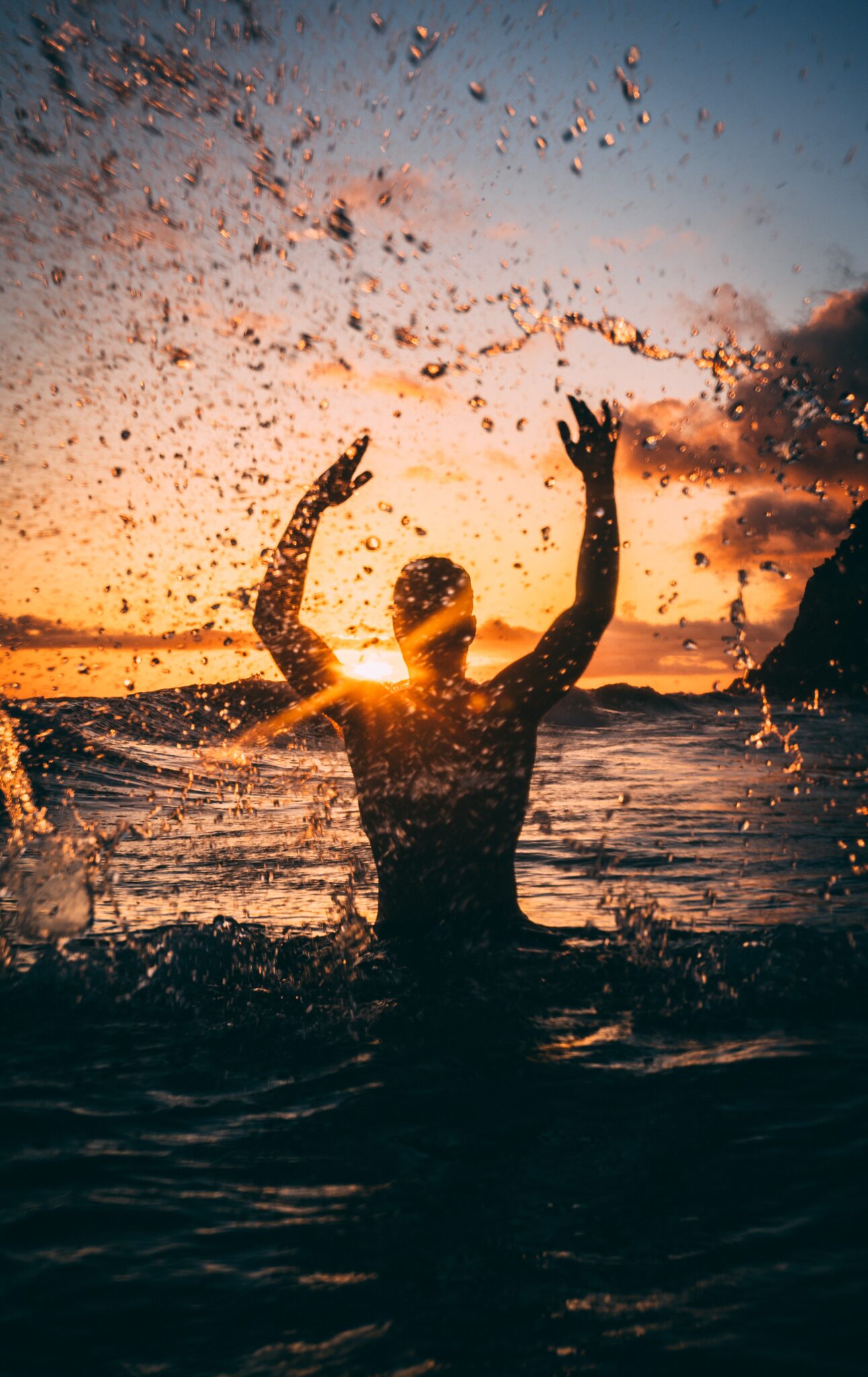Moms Vibe:
By Krystle J. Bailey
According to the CDC, drowning is the third leading cause of unintentional injury and death worldwide, with 11 people dying by drowning each day in the United States. Good Morning America recently reported over 100 deadly drownings in the United States so far this year with rising cases as the last days of summer tend to relax safety precautions. For every child who dies from drowning, the CDC reports that another eight receive emergency department care for non-fatal drowning, which can lead to delayed health issues.
As the summer weeks are slowly coming to an end, it is easy to let certain precautions slide. This information is not intended to scare or worry any parents, but to inform and remind all of us about the importance of swimming safety. Accidents happen even to the best of parents. With so much to think about and pay attention to, this is a gentle reminder to remain on guard while visiting the pool, beaches, and lakes in these final weeks of summer. Drowning often happens quickly and more often than not, is silent.
Keep the following water safety tips on hand as you enjoy the remaining warm days.
Water Watcher
When attending a pool party or beach gathering, take turns with other adults standing watch. Assign a “water watcher” to keep a close eye on all the children in the water. Gatherings and group swimming situations are one of the most common drowning scenarios. With kids splashing, games being played, and distracted adults, gatherings are a perfect storm scenario for possible drowning. Take precaution by assigning water watcher shifts.
Use The Buddy System
Partner kids together in pairs before swimming. Stress the importance of looking after each other and periodically checking in with an adult. Teach them about the signs of drowning or distress and how to signal for a lifeguard when necessary.
Nix The Breath
Holding Contests
Kids love to play games in the pool, including “who can hold their breath the longest.” It’s an innocent game that can lead to detrimental results. Hypoxic blackout, also known as shallow water blackout” can occur when children hold their breath for too long, leading to drowning. Explaining to the children that it is hard for adults to know if they need help or not and offering them other games to play is one way to eliminate the risk and the stress.
Refresh Water
Survival Skills
Even if you think your children already know these five water survival skills, it never hurts to refresh their memory and practice with them regularly. The risk of drowning is significantly limited when children know how to:
Step or jump into the water, allowing the water to go over their head then return to the surface.
Turn around in the water and find their way to a safe place.
Float or tread water.
Combine breathing with forward movement in the water.
Exit the water.
Www.CDC.gov and www.Safekids.org offer a great deal of additional tips for water safety as well as information on drowning. As the summer comes to end, enjoy the sun, sand, and water, but don’t forget that drowning is possible even in the smallest body of water. There is no such thing as too much precaution when it comes to water safety.
Krystle J Bailey. Multimedia journalist, Author, Poet.
Connect with Krystle on Instagram @thedailybailey5






